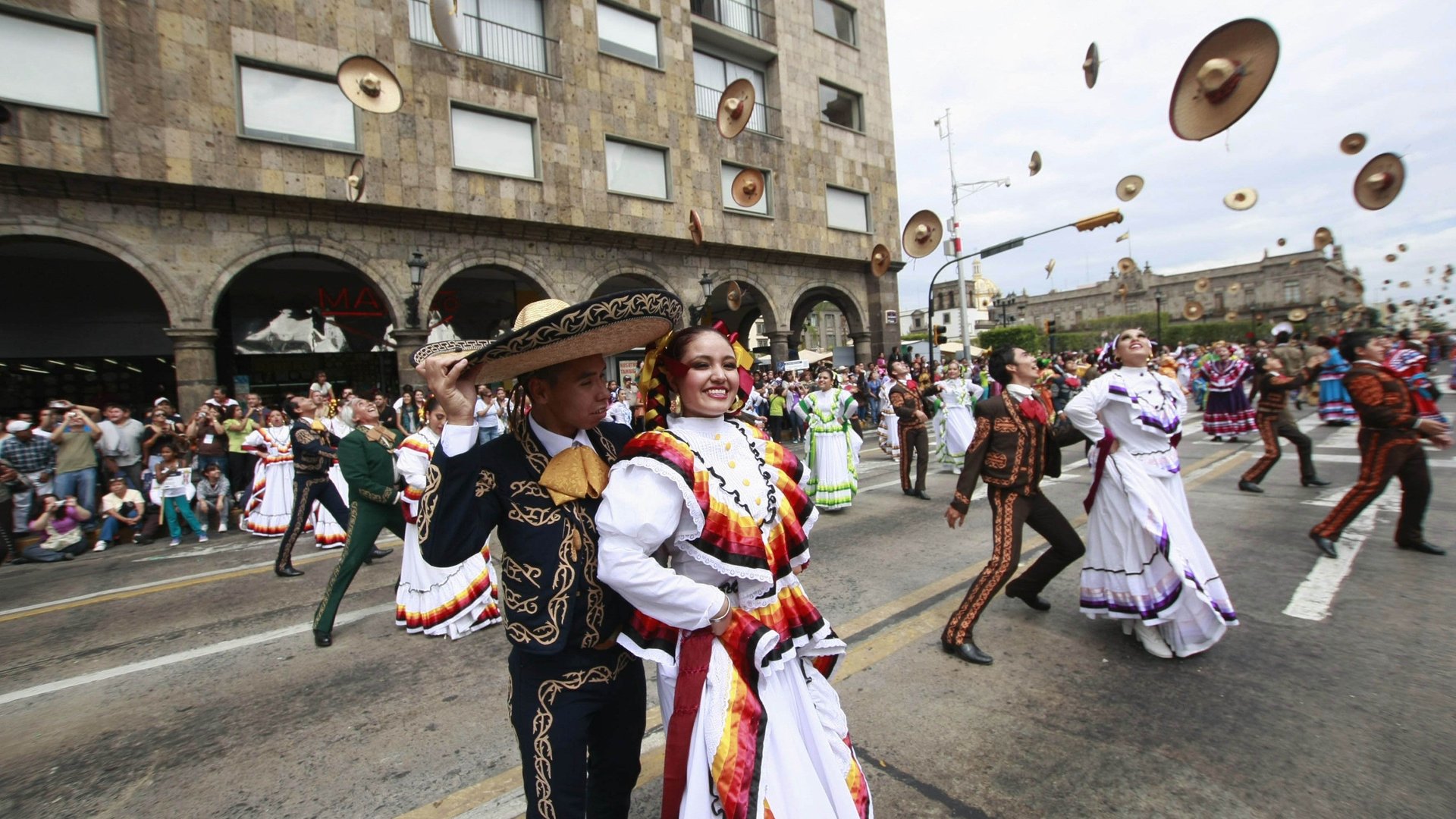Mexicans are leaving the US, because frankly it’s not that great there
For several generations of Mexicans, the US represented the only opportunity for improving their lot. Millions abandoned their hometowns to find work north. The dollars they sent back lured the next crop of migrants to follow them.


For several generations of Mexicans, the US represented the only opportunity for improving their lot. Millions abandoned their hometowns to find work north. The dollars they sent back lured the next crop of migrants to follow them.
But these days, they are more ambivalent about the American dream. In a survey by the Pew Research Center released Nov. 19, 33% of Mexicans said that life is neither better nor worse in the US than in Mexico, up from 23% who believed that in 2007. The number who say it is “worse” has dropped quite a bit too, but the number who say it’s better has stayed about the same.
One reason for the change of heart might be that life in Mexico has gotten better over the past couple of decades. Per capita GDP rose to more than $10,000 last year, from less than $7,000 in 2001, according to the World Bank. And nearly 70% of children were in secondary school in 2012, compared to about 60% in 2002.
As a result, Pew reports, since the Great Recession the US’s Mexican population has been falling. Between 2009 and 2014, about a million of them returned to Mexico, while only 870,000 crossed into the US. (The last time the US’s Mexican population declined, by the way, according to Pew, was in the 1930s, after the Great Depression.) As a result the number of Mexicans in the US illegally is also well below its peak.
Another result is that cross-border networks are not as tight as they once were. In 2007, at the peak of the Mexican population in the US, 42% of adults in Mexico said they had relationships with friends or relatives in the US. That number is now 35, Pew found.
To be sure, the US is still by far the top destination—over the last five years, 86% of Mexican migrants (pdf, p. 27, in Spanish) went there, according to a Mexican government survey. But that share is on the decline; in 2004, it was 95% (pdf, p. 62, in Spanish).